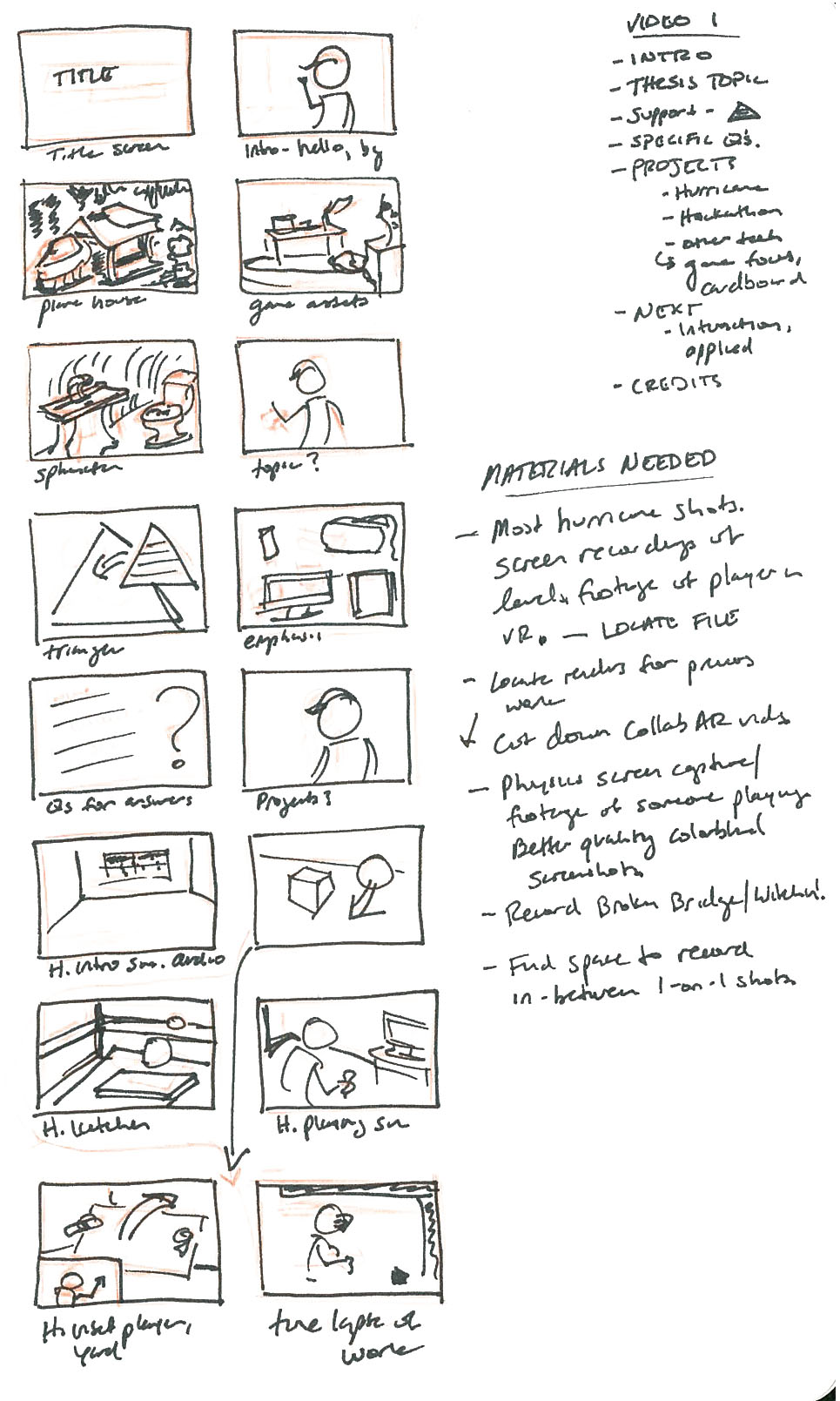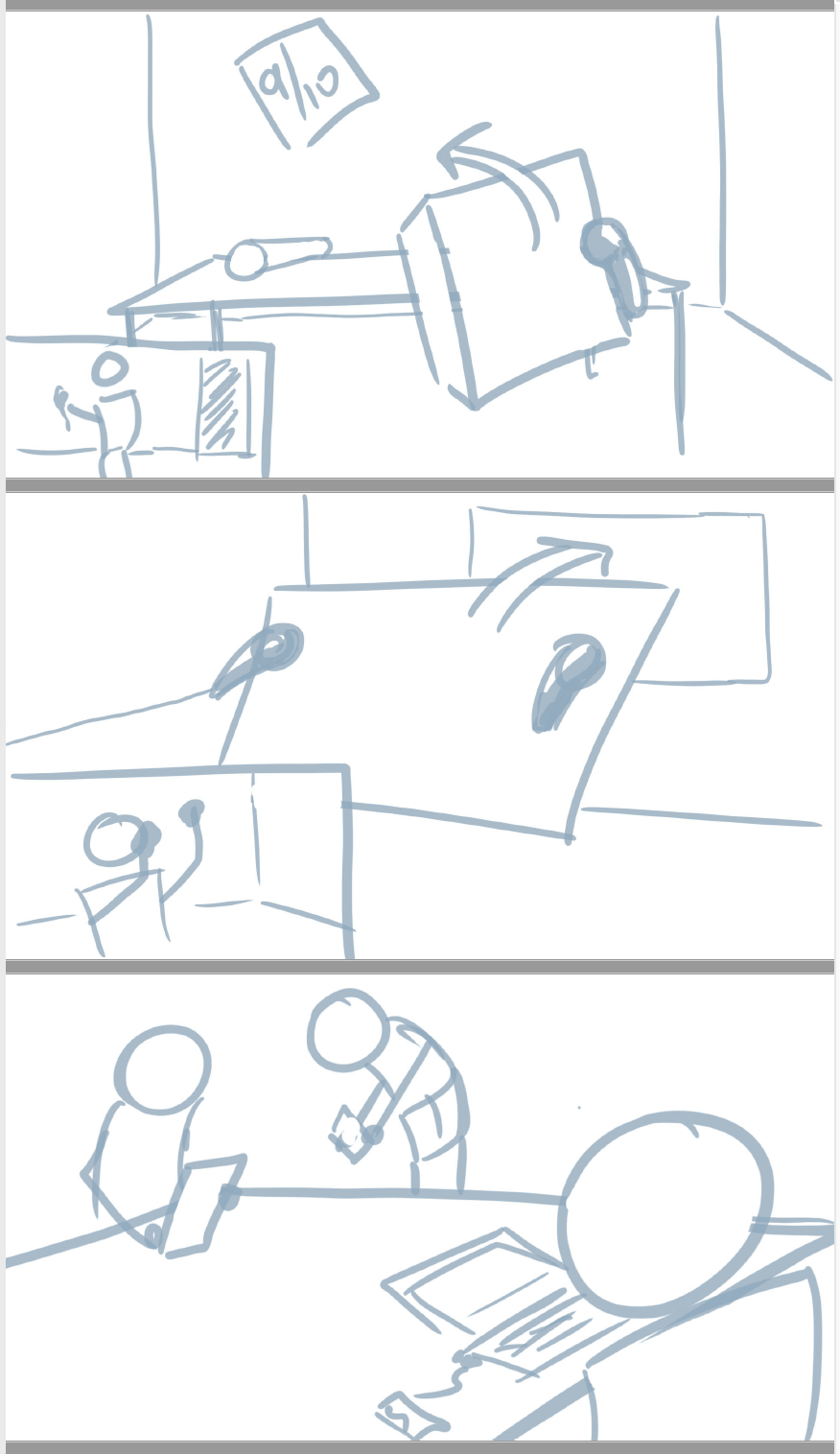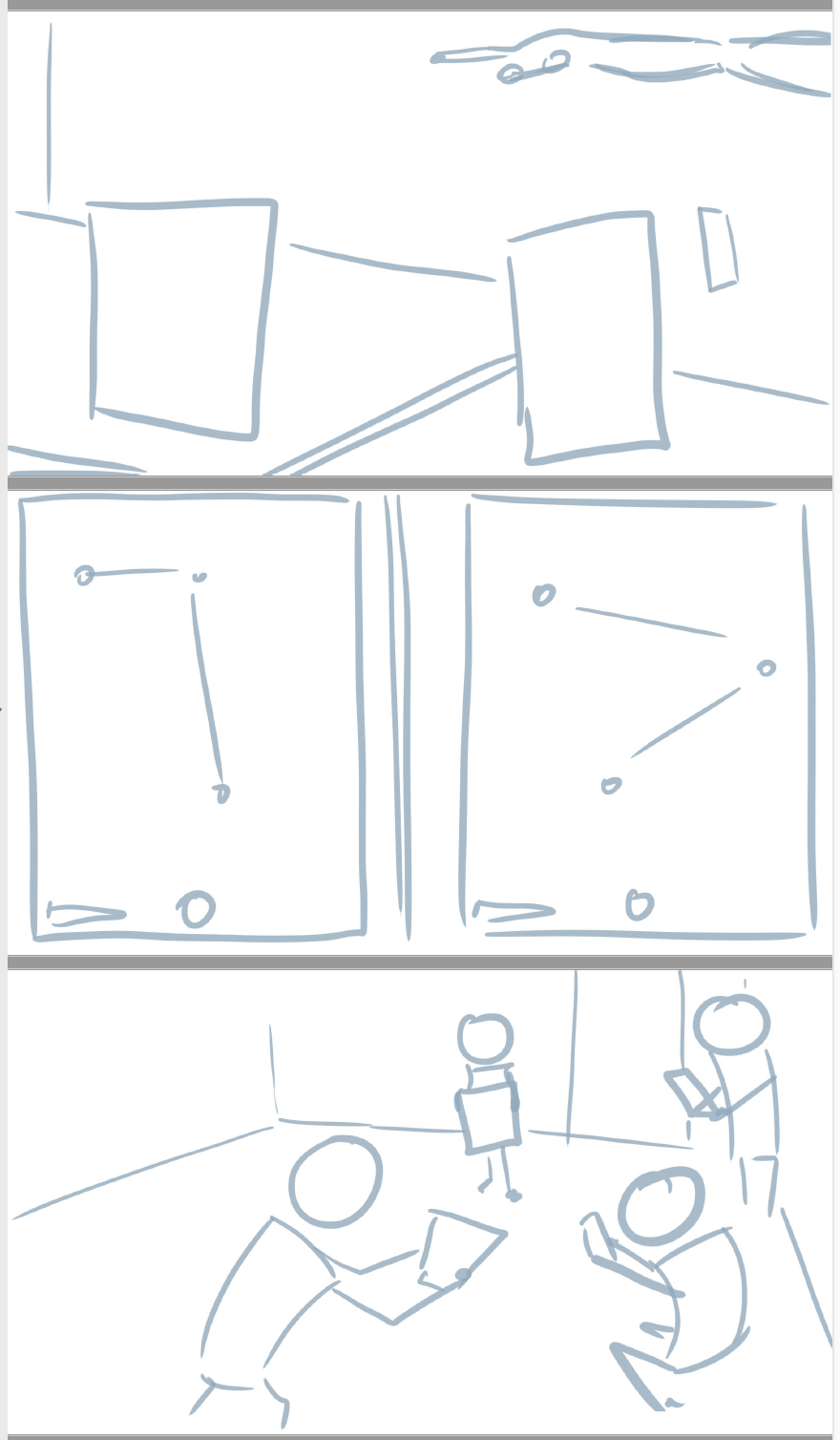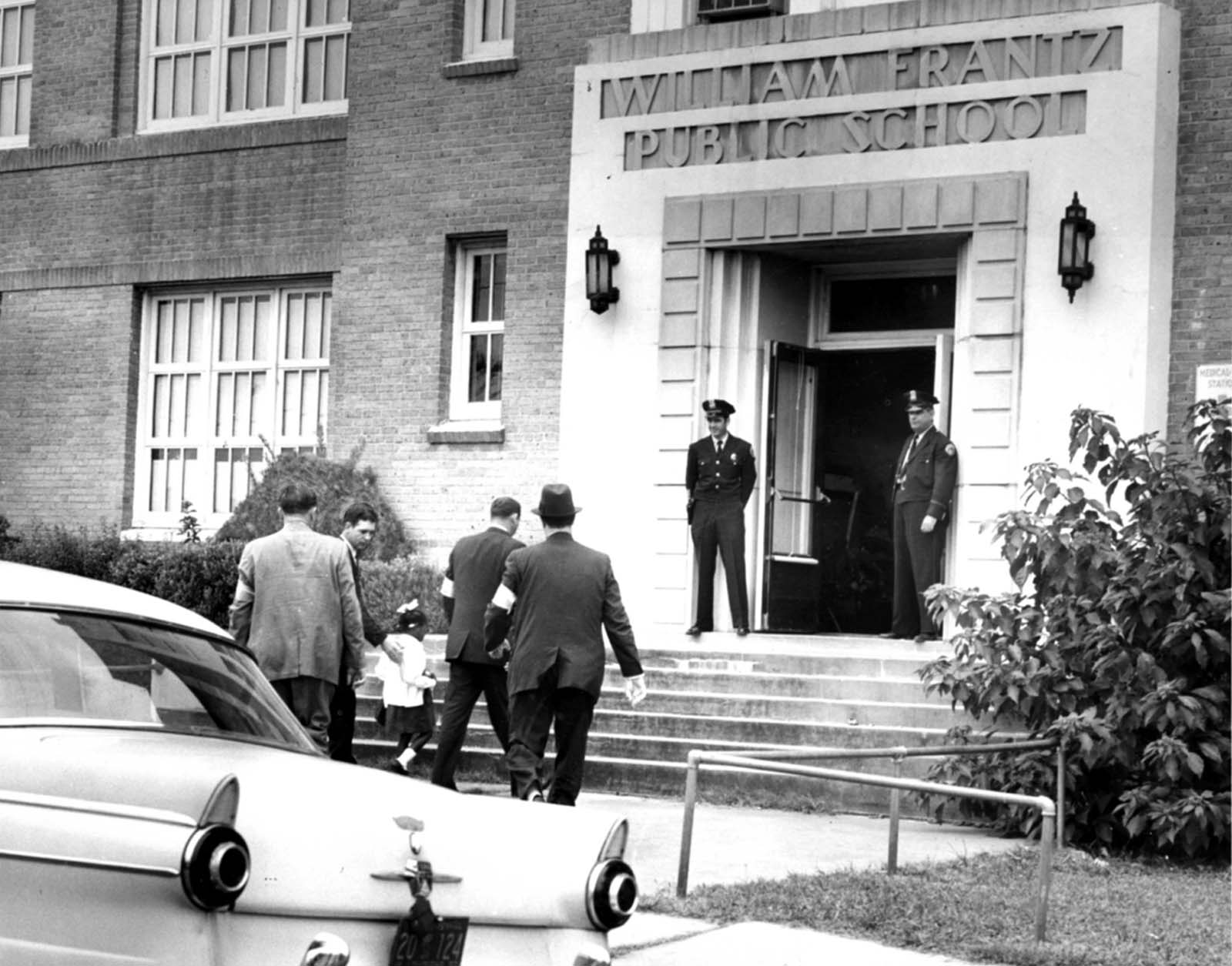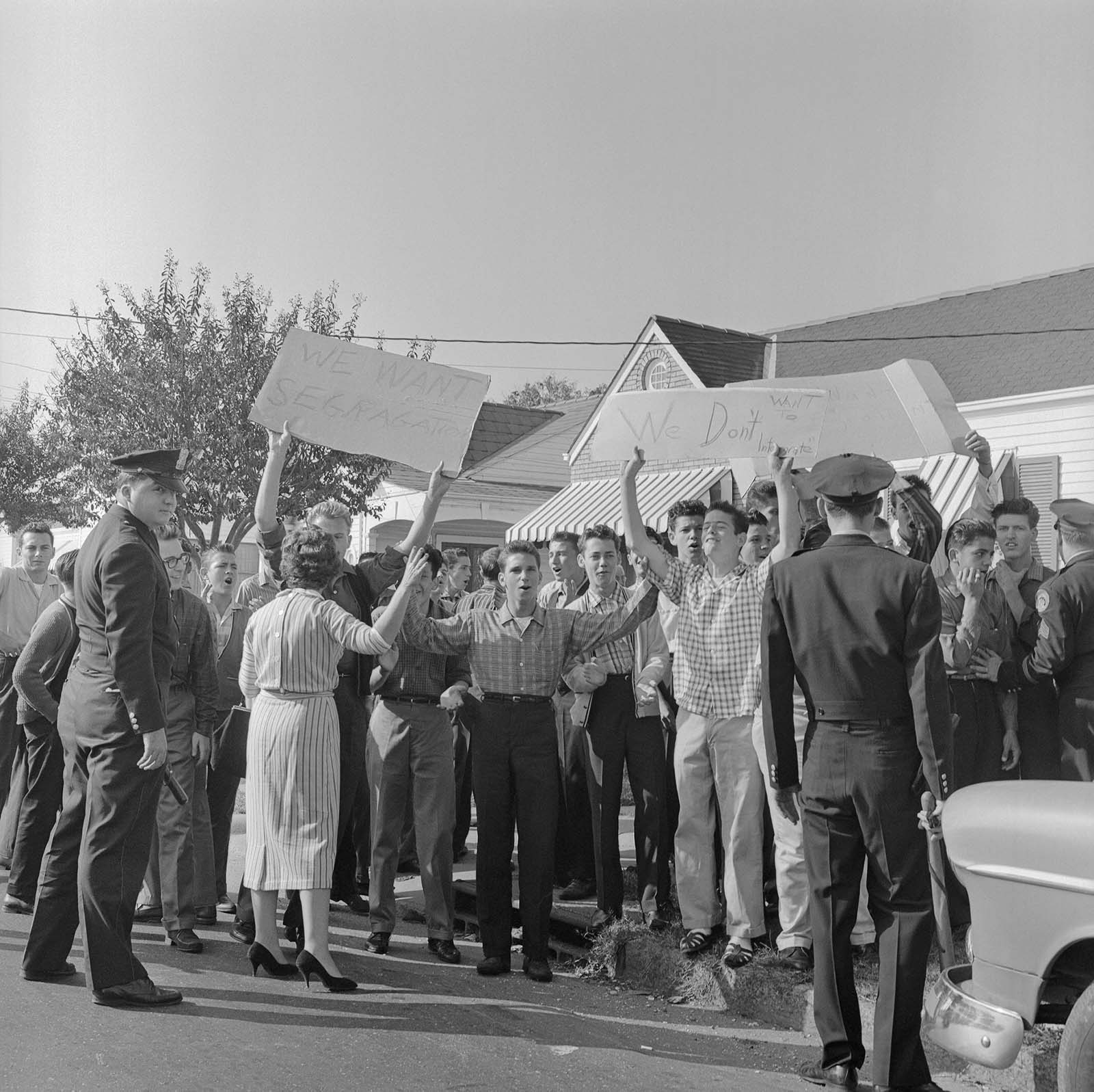APPROACH
I spent this week sorting and analyzing my work from the previous semester to see where the common threads were and articulate a direction for my research. I made a list of all the projects and experiences I had, and what I gained from each. The majority of these projects were intended to be technical explorations; I wanted to gain more experience working in virtual and augmented reality to understand the mediums and become more comfortable with Unity. This came with good results, gaining more experience in C# and developing a better collaborative workflow by combining multiple projects in one game. I was even able to take a step towards mobile development.
While organizing these projects, I noticed many of them had to do with player interaction and how players move throughout a space. In some cases, like the Hurricane Preparedness prototype, the player has the ability to move through a space and interact with objects based on the goal of the level. The VR MindMap project was a purely passive experience with no user interaction. I chose to make this the focus of my video: examining how the interactive nature of VR and AR technologies can be used in an educational environment. From there, I sketched out thumbnails for my storyboards and wrote a draft script detailing the connections made between these projects and my path forward.
CHOICES MADE
Once deciding the direction of my work, I had a conversation with my classmate Tori about a potential project. She proposed the idea of creating an immersive virtual reality experience for students in elementary/middle school that would recreate a scene from "The Story of Ruby Bridges", the first African American student to integrate an all-white school in New Orleans. The scene in question stems from the photos of Ruby walking up to the doors of the school with protestors shouting at her from across the street. While we're still examining other impactful novels that students are reading today, I have decided to join this project and work with Tori to create an immersive experience giving students the option to move through these scenes at their own pace, exploring the world and gaining more information.
RELEVANT SOURCES/INSPIRATION
After discussing this project with Tori, we brought it to Maria who recommended looking into some studies on VR immersion and emotion. I have started collecting several studies and books on VR interaction and narrative, one in particular titled "Advances in Interaction with 3D Environments". It makes a point of discussing different methods for wayfinding and navigation through a 3D space, and the efficiency of different manipulation techniques for 3D objects.
I also began reading "Flow" by Mihaly Csikszentmihalyi, which discusses the psychological state of flow. I have only ever heard of this concept in the context of game design, and did not realize this was a much broader theory. The book itself is written for the reader to understand how to achieve happiness. Flow is defined as "...the state in which people are so involved in an activity that nothing else seems to matter...", and is often manipulated in games to create emotional impact in between high-action moments. This feels especially relevant for the Ruby Bridges project; if the intended goal is to create an educational experience for the student through emotion, it's important to consider how interactivity may interrupt that flow or enhance it.
CURRENT QUESTIONS/NEEDS RAISED
I'm starting to narrow down what part of "interactive" I'm choosing to focus on, but most of my questions from this week have to do with further defining this in the context of the Ruby Bridges project.
- What degree of realism should be achieved for the emotional impact we're seeking?
- Would allowing the students to interact with the scene decrease this impact, or draw them away from the narrative?
- What specific mechanics would I want to focus on for the scene, and are they appropriate for the age of the students?
- What form of hardware would the students be using to experience the scene? A Google Cardboard or a full headset?
- If this is the narrative we choose to pursue, which individuals or organizations should be involved to ensure a respectful, accurate portrayal?
LIKELY NEXT STEPS
As far as the needs of the video, I will be working on recordings of gameplay from my projects and getting footage of the Hurricane Preparedness prototype being played by others on the Vive. I received permission to show footage from the app used for the VR Physics Education Study, so I'll be recording a section of that as well. I will have solidified the storyboards and script this weekend, and will do another run-through in the sound room to start putting my animatic together.
I will continue reading Flow and searing for more sources on emotion and narrative in virtual reality, as well as immersion. Some of these sources need to be ordered through the library, so I'll be taking care of that and adding them to my reading list. Tori and I will also be having meetings on Tuesdays to work through some of our research and discuss further details on the project.

